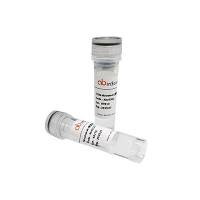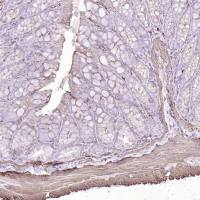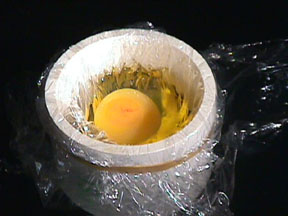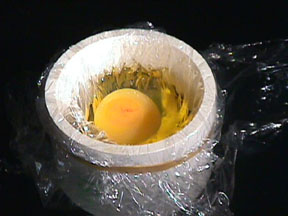Preparation of Chick Striated Muscle Cultures
互联网
536
The maturation of striated muscle in primary cultures closely parallels the formation of striated muscle in vivo. Primary cultures thus serve as model systems for the study and manipulation of various aspects of muscle development including the regulation of gene expression, myofibril assembly, myocyte fusion, and myotube contraction. The following protocols provide instructions for the preparation of skeletal muscle cultures from either day 10 embryonic pectoralis muscle or day 2 somites and segmental plate mesoderm. Both methods will yield well-striated, multinucleated, contracting myotubes (Fig. 1 ) ( 1 – 4 ). Also included is a protocol for the preparation of cardiac cultures from day 7 embryonic heart. This method will yield well-striated, contracting cardiomyocytes (Fig. 1 ) ( 5 , 6 ).
Fig. 1. An example of muscle prepared by each of the primary muscle culture protocols is illustrated in the following micrographs. Pectoralis muscle, segmental plate, and cardiac muscle cultures were immunofluorescently labeled with antibodies to α-actinin, MyoD, or titin, respectively. Multinucleated myotubes from embryonic pectoralis muscle cultures are shown in phase contrast ( A ) and with a sarcomeric distribution of α-actinin along striated myofibrils ( B ). Differentiating segmental plate cells contain MyoD in the nucleus ( C ). Striated cardiomyocytes from embryonic heart show titin with a sarcomeric localization ( D ).








